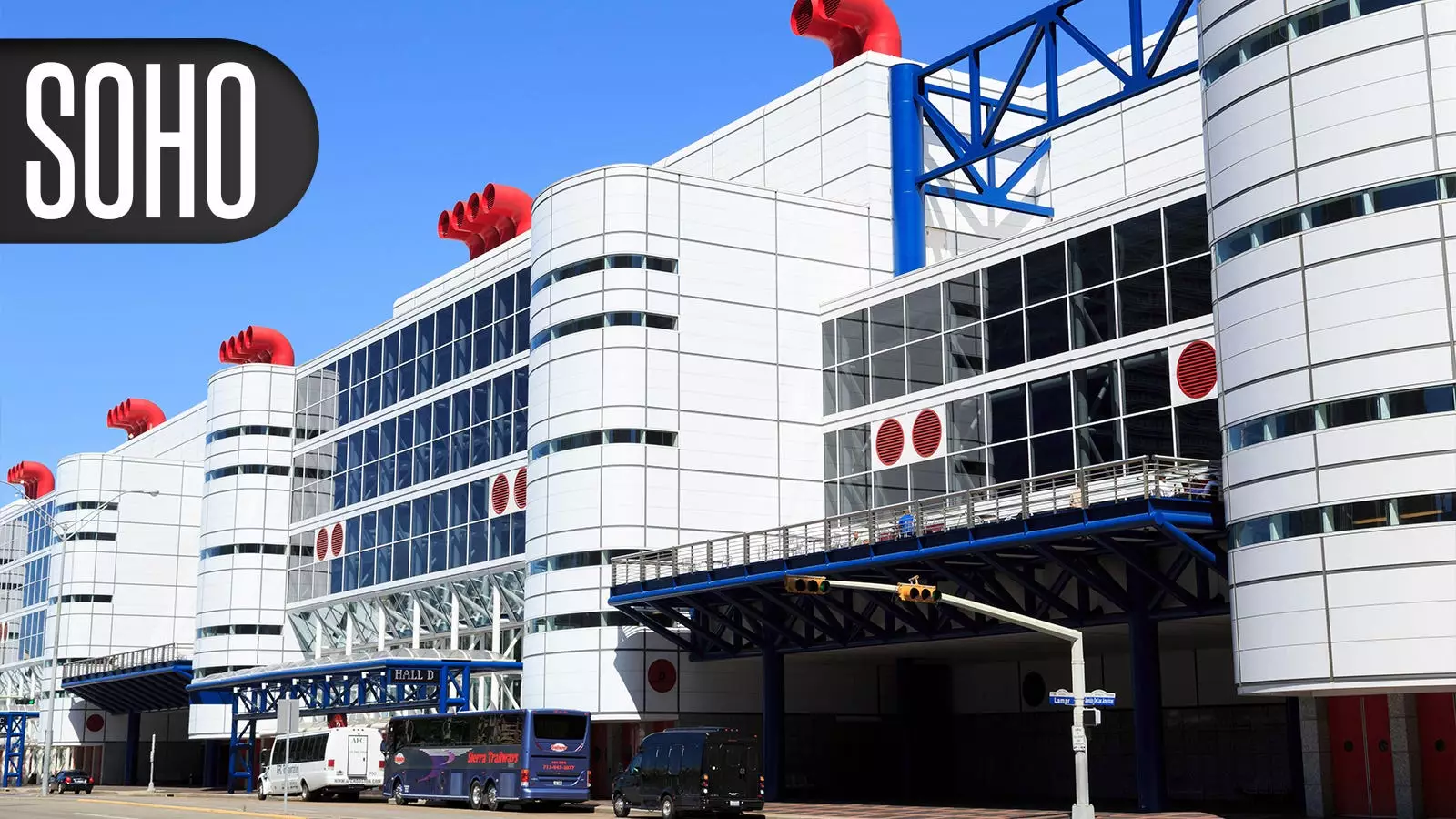In a retrospective comparison study, it was found that intensive consolidation treatment before allogeneic stem-cell transplant did not lead to improved outcomes in older patients with acute myeloid leukemia (AML). This analysis challenges the prevailing belief that intensive pretransplant therapy is beneficial for older AML patients in first complete remission (CR).
Negative Findings on Outcomes
The study found that relapse-free survival (RFS) at 2 years was almost identical for patients who received intensive consolidation therapy (51%) and those who did not (50%). While there was a trend towards worse non-relapse mortality in the intensive-therapy group, the difference was not statistically significant. Similarly, overall survival (OS) and the rates of acute and chronic graft versus host disease (GVHD) did not differ significantly between patients who underwent intensive or non-intensive pretransplant consolidation therapy.
Alternative Approaches
Given the disappointing results of intensive consolidation therapy, it is crucial to explore alternative approaches to improve the pretransplant status of older AML patients. According to Dr. Yosr Hicheri, MD, of Institut Paoli Calmettes in Marseilles, France, there are four promising approaches that warrant further investigation: newer drugs such as FLT3 inhibitors, CPX-351, and inhibitors of IDH; venetoclax (Venclexta) combined with azacitidine followed by stem-cell transplant; the development of nonmyeloablative haploidentical stem-cell transplant with peripheral blood cells and post-transplant cyclophosphamide. These avenues offer potential for improved outcomes and long-term survival in elderly AML patients.
While the current study focused on pretransplant therapy, it is important to note the value of allogeneic stem-cell transplantation in older AML patients. A recent retrospective study demonstrated the significant benefits of stem-cell transplantation in improving RFS and OS, as patients without transplants continued to relapse over time. These findings highlight the potential of allogeneic stem-cell transplantation as a crucial treatment modality for older AML patients.
Despite the recognized benefits of allogeneic stem-cell transplantation, few studies have explored the role of pretransplant treatment in older AML patients. The results of these studies have been mixed, with one study demonstrating improved outcomes in patients with a history of consolidation therapy and minimal residual disease-negative status. In order to contribute to the existing evidence, the investigators conducted a retrospective analysis of patients who underwent allogeneic stem-cell transplant for AML between 2007 and 2017.
Retrospective Analysis And Key Findings
The retrospective analysis included 130 patients, with 68 receiving intensive pretransplant consolidation therapy and 62 receiving a non-intensive regimen. The primary outcomes examined were 2-year RFS and OS following stem-cell transplant. After a median follow-up of 52.2 months, the study found that the intensive therapy group had a 1% absolute increase in RFS, which was not statistically significant. The 2-year non-relapse mortality was slightly higher in the intensive therapy group, although not significantly different from the non-intensive therapy group. Additionally, the 2-year OS favored the non-intensive arm, but again, the difference was not statistically significant.
Prognostic Factors And GVHD Rates
In a multivariate analysis, cytogenetics emerged as the key prognostic factor for 2-year RFS, with patients showing favorable or intermediate cytogenetics having a higher RFS compared to those with unfavorable cytogenetics. Regarding graft versus host disease (GVHD), the rates of acute and chronic GVHD did not significantly differ between the intensive and non-intensive therapy groups.
Study Limitations
Hicheri acknowledged several limitations of the analysis, which must be taken into consideration when interpreting the results. These limitations include missing molecular data for 30% of the patients, lack of information on measurable disease, and the absence of details about post-transplant complications. While these limitations may influence the overall conclusions drawn from the study, they highlight the need for further research in this area.
The study’s findings challenge the use of intensive consolidation treatment before allogeneic stem-cell transplant in older AML patients. Although pretransplant therapy did not improve outcomes, alternative approaches such as novel drugs and nonmyeloablative haploidentical stem-cell transplant show promise in enhancing the pretransplant status and long-term survival of elderly AML patients. Further research is warranted to explore these alternative approaches and optimize the treatment of older AML patients.


Leave a Reply